As instructed at school at an early age, South Koreans used to regard eventual unification with North Korea as a matter of course. They were taught a song whose lyrics said in part: “What we desire even in our dreams is unification.”
But the envisioned unification has lost much of its appeal, as evidenced by a survey conducted by a Seoul National University think tank in July. Moreover, the number of unification advocates is declining at a sizable rate.
The poll by the research institute of 1,200 people aged 19 or older found that those who believed unification to be necessary accounted for 53.7 percent of respondents, down 5.4 percent from a year ago. Its unfavorable reception was most pronounced among respondents in their 20s, 10.8 percent of whom said they paid little attention to unification.
This trend in South Korea, which presumably started after the unification of East and West Germany in 1990, appears irreversible. A growing number of South Koreans are sobering up, if not becoming disillusioned, about unification as they are coming to grips with its astronomical costs.
To their chagrin, however, unification may not be a matter of choice; it is most likely to be forced upon the South Korean people suddenly. This possibility undoubtedly dawned on them again when North Korea’s strongman, Kim Jong-il, died of a heart attack a week ago, precariously leaving his young son, aged 29, at the helm.
It surely is no easy job to estimate the cost of Korean unification, which varies widely depending on the conditions under which the two Koreas would be integrated. But a glimpse into it is given by the amount of money that the unified Germany has spent on its integration since 1990 ― more than $1 trillion.
Indeed, the costs of Korean unification vary from one think tank to another. Moreover, one think tank may produce different cost estimates by using different sets of variables as input, as the state-funded Korea Development Institute did on commission from a blue-ribbon presidential panel last year.
The KDI’s estimated 30-year cost was at $322 billion (373 trillion won) at lowest and $2.14 trillion (2,482 trillion won) at its highest. But even the highest estimate may be conservative, given a foreign news report that South Korea would have to spend up to $5 trillion won for the next 30 years if North Korea suddenly collapsed.
Given all of these estimates, it is easy to see the absurdity of the administration’s recent proposal to create a new fund and put 55 trillion won into it over the next 20 years to finance unification. That would be a drop in the bucket, though doing something would certainly be better than doing nothing.
But the administration has yet to get the proposal for a unification fund off the ground, as the National Assembly is sitting on an underlying bill. The legislature will soon have to start the legislative process.
One of the most viable alternatives to sudden, costly unification is a proposal to help the cash-strapped North engineer a speedy recovery from its chronic economic distress and promote unification when the communist state attains a certain level of economic advancement ― a policy pursued by the two previous progressive administrations.
An exemplary model for this policy is an industrial complex South Korea built in Gaeseong, a town north of the Demilitarized Zone. In the complex, small- and medium-sized South Korean companies are using low-cost North Korean labor for the manufacturing of light-industry products. Building a dozen similar complexes, experts say, would be enough to attain the intended goal of gradual integration.
Of course, it takes two to tango. South Korea cannot pursue such a policy if the North attempts to bite off the hand that feeds it, as it did when it continued its nuclear weapons program and took other provocative actions.
Now that Kim Jong-il is dead, it certainly is worthwhile for South Korea to look into the possibility of renewing a policy of engagement and expanding inter-Korean economic cooperation. It had better cross its fingers and hope that North Korea’s emerging leadership will not collapse suddenly.
But the envisioned unification has lost much of its appeal, as evidenced by a survey conducted by a Seoul National University think tank in July. Moreover, the number of unification advocates is declining at a sizable rate.
The poll by the research institute of 1,200 people aged 19 or older found that those who believed unification to be necessary accounted for 53.7 percent of respondents, down 5.4 percent from a year ago. Its unfavorable reception was most pronounced among respondents in their 20s, 10.8 percent of whom said they paid little attention to unification.
This trend in South Korea, which presumably started after the unification of East and West Germany in 1990, appears irreversible. A growing number of South Koreans are sobering up, if not becoming disillusioned, about unification as they are coming to grips with its astronomical costs.
To their chagrin, however, unification may not be a matter of choice; it is most likely to be forced upon the South Korean people suddenly. This possibility undoubtedly dawned on them again when North Korea’s strongman, Kim Jong-il, died of a heart attack a week ago, precariously leaving his young son, aged 29, at the helm.
It surely is no easy job to estimate the cost of Korean unification, which varies widely depending on the conditions under which the two Koreas would be integrated. But a glimpse into it is given by the amount of money that the unified Germany has spent on its integration since 1990 ― more than $1 trillion.
Indeed, the costs of Korean unification vary from one think tank to another. Moreover, one think tank may produce different cost estimates by using different sets of variables as input, as the state-funded Korea Development Institute did on commission from a blue-ribbon presidential panel last year.
The KDI’s estimated 30-year cost was at $322 billion (373 trillion won) at lowest and $2.14 trillion (2,482 trillion won) at its highest. But even the highest estimate may be conservative, given a foreign news report that South Korea would have to spend up to $5 trillion won for the next 30 years if North Korea suddenly collapsed.
Given all of these estimates, it is easy to see the absurdity of the administration’s recent proposal to create a new fund and put 55 trillion won into it over the next 20 years to finance unification. That would be a drop in the bucket, though doing something would certainly be better than doing nothing.
But the administration has yet to get the proposal for a unification fund off the ground, as the National Assembly is sitting on an underlying bill. The legislature will soon have to start the legislative process.
One of the most viable alternatives to sudden, costly unification is a proposal to help the cash-strapped North engineer a speedy recovery from its chronic economic distress and promote unification when the communist state attains a certain level of economic advancement ― a policy pursued by the two previous progressive administrations.
An exemplary model for this policy is an industrial complex South Korea built in Gaeseong, a town north of the Demilitarized Zone. In the complex, small- and medium-sized South Korean companies are using low-cost North Korean labor for the manufacturing of light-industry products. Building a dozen similar complexes, experts say, would be enough to attain the intended goal of gradual integration.
Of course, it takes two to tango. South Korea cannot pursue such a policy if the North attempts to bite off the hand that feeds it, as it did when it continued its nuclear weapons program and took other provocative actions.
Now that Kim Jong-il is dead, it certainly is worthwhile for South Korea to look into the possibility of renewing a policy of engagement and expanding inter-Korean economic cooperation. It had better cross its fingers and hope that North Korea’s emerging leadership will not collapse suddenly.
-
Articles by Korea Herald



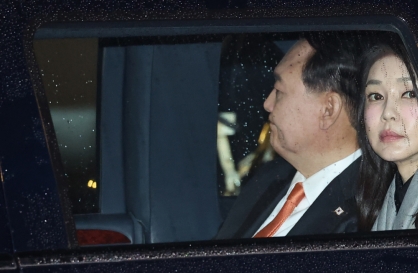

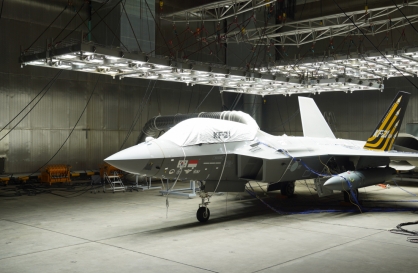
![[KH Explains] Can tech firms' AI alliances take on Nvidia?](http://res.heraldm.com/phpwas/restmb_idxmake.php?idx=644&simg=/content/image/2024/05/07/20240507050619_0.jpg&u=)
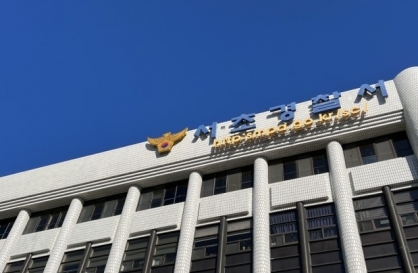

![[Grace Kao, Meera Choi] Has money displaced romance on dates?](http://res.heraldm.com/phpwas/restmb_idxmake.php?idx=644&simg=/content/image/2024/05/06/20240506050233_0.jpg&u=)
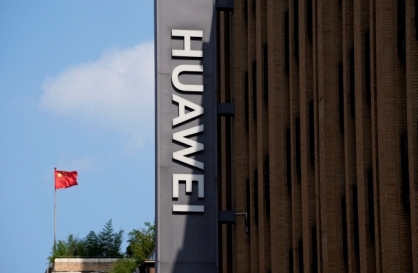
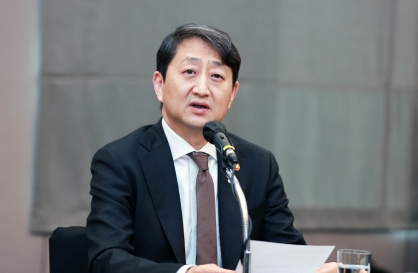



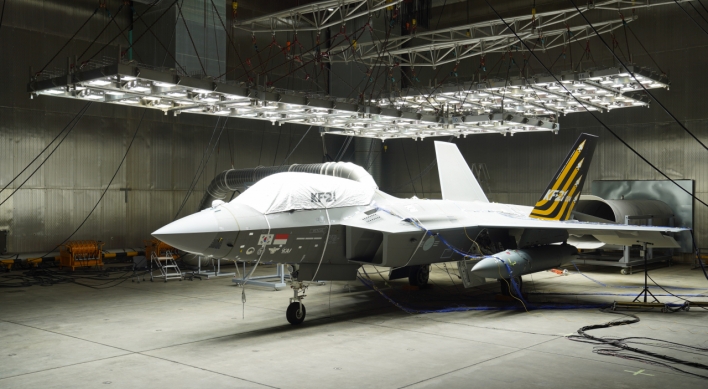
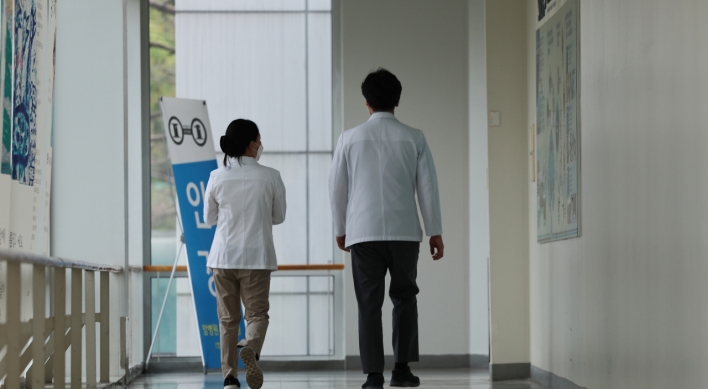

![[K-pop’s dilemma] Time, profit pressures work against originality](http://res.heraldm.com/phpwas/restmb_idxmake.php?idx=652&simg=/content/image/2024/05/08/20240508050705_0.jpg&u=20240508171126)
![[Today’s K-pop] NCT Dream to drop pre-release from 2nd Japan single](http://res.heraldm.com/phpwas/restmb_idxmake.php?idx=642&simg=/content/image/2024/05/08/20240508050725_0.jpg&u=)